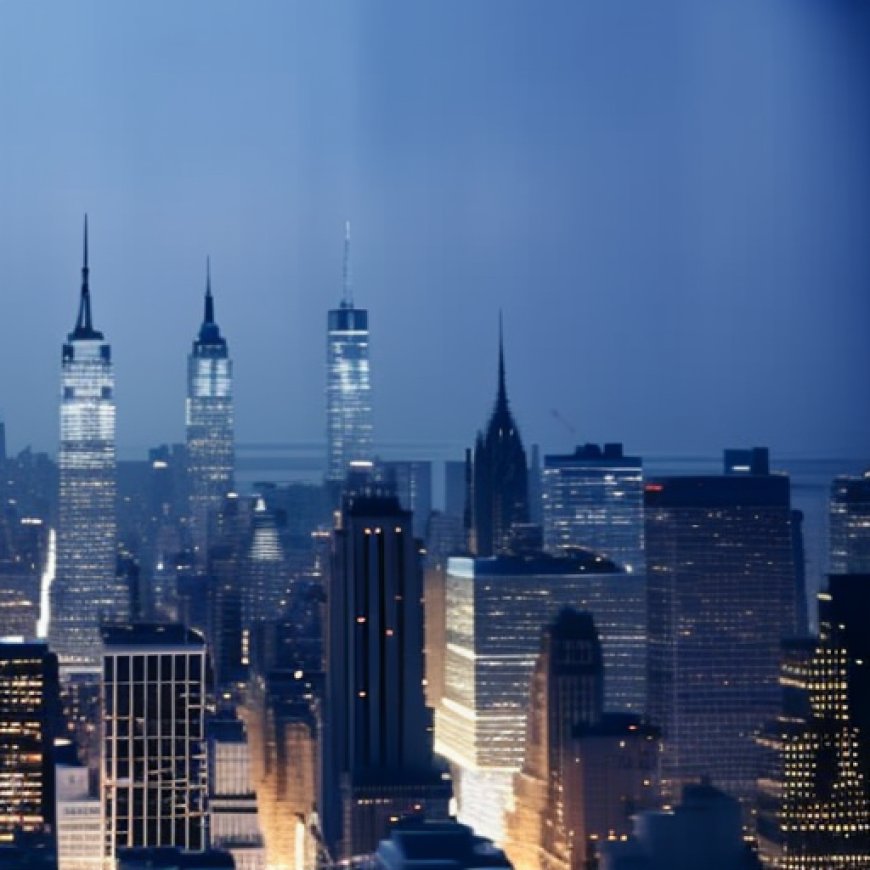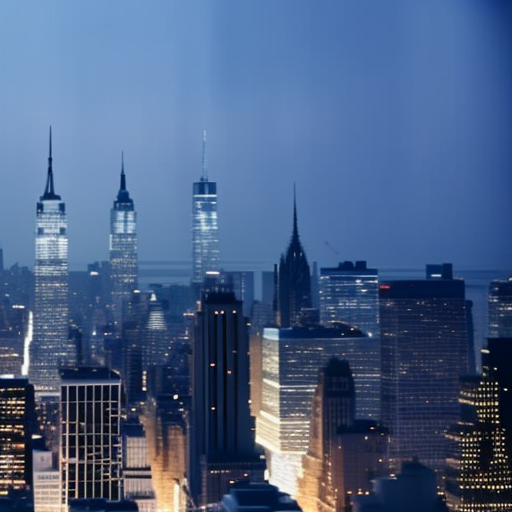Five Affordable Housing Developments Shaping New York City
Shaping New York City: Recently Completed or Underway Projects Offer Energy-Efficiency and a Positive Impact on ... Urban Land


Nationwide Need for Affordable Housing
Nationwide, the urgent need for more affordable housing has become crystal clear. The United States is grappling with a housing crisis, and building affordable housing has become increasingly difficult. Developers face high construction costs, ongoing supply chain issues, and skyrocketing prices for land, especially in some of the country’s largest cities. Even when a project comes together and gets financing, the process to obtain permitting, gain city approvals, and actually construct a project can take years.
Affordable Housing Projects in New York City
However, developments are getting done that not only provide much needed affordable housing for residents but also are designed to be energy efficient and sustainable, offer crucial programming for the community, and ideally have a positive impact on communities. In New York City, one of the country’s most expensive housing markets, several standout affordable housing projects that are underway or recently completed offer a glimpse of what the future of affordable housing might look and feel like.
La Central A & B
The Hudson Companies oversaw the development of two 100 percent affordable, mixed-use buildings in the Bronx. Located in the borough’s Melrose neighborhood, the buildings have 496 apartment units and are situated near a train station. Development of the properties has taken more than a decade already. Hudson won an RFP put out by the city in 2013 for a massive piece of vacant land owned by the city.
- La Central includes a total of five buildings, three of which have been completed. Once the project is fully complete, it will have a total of 992 units.
- The two residential buildings are LEED Gold and have solar on the roof. Both properties have electric cooling and heating systems using variable refrigerant flow (VRF) as well as cogeneration. Building D was built by Breaking Ground and Comunilife. Building C is designed to Passive House standards and will be fully electrified.
- The first phase of La Central, the A & B buildings, comprises 496 units and currently is fully leased.
Sendero Verde
In East Harlem, L+M Development Partners, Jonathan Rose Companies, and Acacia Real Estate Development are behind the nation’s largest Passive House residential development, Sendero Verde. The permanently affordable development has more than 700 residential units intended to serve households with moderate to extremely low incomes.
- The project’s name is a nod to its sharp focus on sustainability: Sendero Verde translates to “green pathway.”
- The development’s 709 residential units are split among three buildings. Phase 1 of the development has already been completed and has 361 units.
- Homes are equipped with high-efficiency HVAC systems, electric stoves and ovens, Energy Star–rated appliances, and eco-friendly LVT plank flooring.
Bronx Point
One of the most anticipated mixed-use developments in the Bronx opened officially last fall. Bronx Point is a 530,000-square-foot (49,000 sq m) project that took shape on an underused waterfront site in the South Bronx that now has 542 units of permanently affordable housing. Other amenities—a brand-new public park and esplanade, retail space, and an early-childhood space—will be run by a nonprofit.
- Like the La Central development and many other affordable projects around the city, this one came about through an RFP from the city in 2016.
- The project has cogeneration equipment, and amenities include a children’s playroom, a community lounge, and a terrace on the building’s third floor.
The Alloy Block
Downtown Brooklyn has been a magnet for new development over the last few years, especially housing. One project long in the works is the Alloy Block, a major development in the heart of downtown that both preserves and repurposes historic buildings, and will bring 850 units of housing, 200 of which are to be permanently affordable.
- Situated on a full block along main artery Flatbush Avenue, the project consists of five buildings total, with the first phase of the development comprising two buildings—505 State Street and 489 State Street.
- In addition to the residential component, the project will have 100,000 square feet (9,290 sq m) of office space, 50,000 square feet (4,645 sq m) of retail space, and two Passive House public schools.
5WTC
Last year, a deal was struck between New York state lawmakers and a group of developers including Silverstein Properties and Brookfield Properties to designate a portion of the apartment units at the forthcoming 5 World Trade Center tower as affordable.
- Last July, New York Governor Kathy Hochul announced that the Lower Manhattan skyscraper will have 1,200 residential apartment units once completed, 400 of which are to be permanently affordable.
- The new tower will be built on the same site where the previous 5WTC building—which was heavily damaged during the terrorist attacks and demolished two months later—once stood.
SDGs, Targets, and Indicators
-
SDG 11: Sustainable Cities and Communities
- Target 11.1: By 2030, ensure access for all to adequate, safe and affordable housing and basic services and upgrade slums
- Target 11.3: By 2030, enhance inclusive and sustainable urbanization and capacity for participatory, integrated and sustainable human settlement planning and management in all countries
- Target 11.7: By 2030, provide universal access to safe, inclusive and accessible, green and public spaces, in particular for women and children, older persons and persons with disabilities
The article discusses the urgent need for more affordable housing in the United States and highlights several affordable housing projects that are designed to be energy efficient and sustainable. These projects contribute to SDG 11 by providing access to adequate, safe, and affordable housing (Target 11.1), promoting inclusive and sustainable urbanization (Target 11.3), and creating green and public spaces (Target 11.7).
-
SDG 7: Affordable and Clean Energy
- Target 7.2: By 2030, increase substantially the share of renewable energy in the global energy mix
The article mentions that some of the affordable housing projects have solar on the roof and use electric cooling and heating systems. These energy-efficient features contribute to SDG 7 by increasing the share of renewable energy in the energy mix (Target 7.2).
Table: SDGs, Targets, and Indicators
| SDGs | Targets | Indicators |
|---|---|---|
| SDG 11: Sustainable Cities and Communities |
|
No specific indicators mentioned in the article |
| SDG 7: Affordable and Clean Energy |
|
No specific indicators mentioned in the article |
Behold! This splendid article springs forth from the wellspring of knowledge, shaped by a wondrous proprietary AI technology that delved into a vast ocean of data, illuminating the path towards the Sustainable Development Goals. Remember that all rights are reserved by SDG Investors LLC, empowering us to champion progress together.
Source: urbanland.uli.org

Join us, as fellow seekers of change, on a transformative journey at https://sdgtalks.ai/welcome, where you can become a member and actively contribute to shaping a brighter future.







